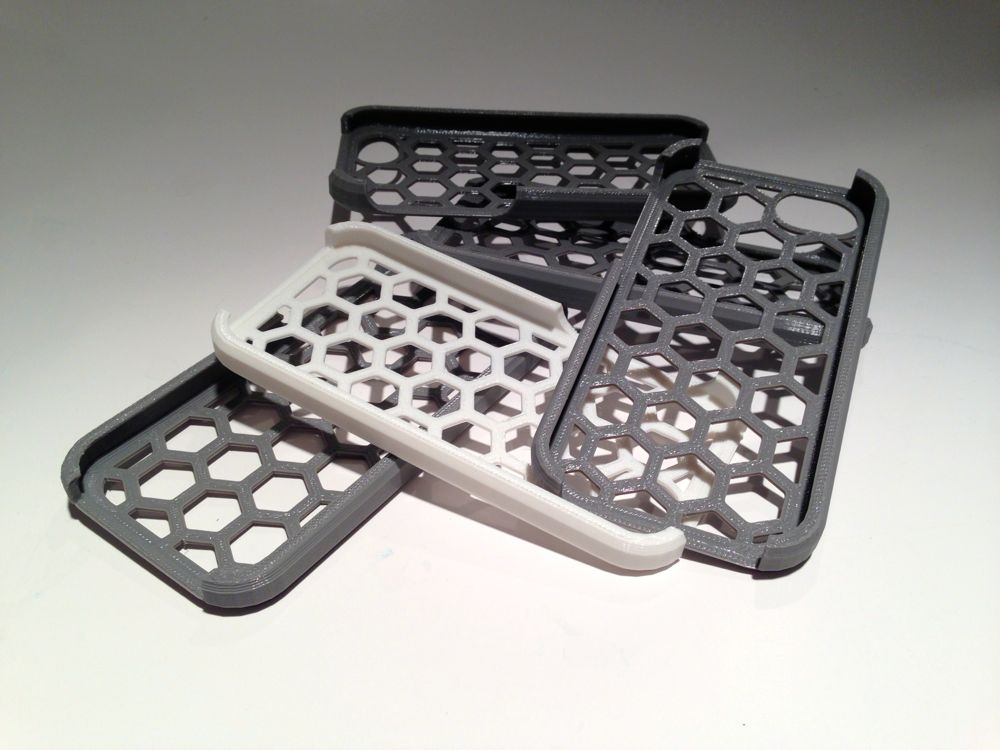
When 3D printing objects, sometimes the size of the object matters, and sometimes it doesn’t. Shrinkage can be a major issue.
The most commonly used types of plastic for personal 3D printing are ABS and PLA. ABS is stronger and slightly flexible, while PLA is biodegradable and comes in nicer colors. But there is one more very different characteristic: shrinkage.
When ABS cools after printing it shrinks approximately 8%, although this will vary somewhat depending on the particular ABS in use. PLA has far less shrinkage.
This means (aside from the warping issue) that objects printed in ABS to specific sizes will not actually be that size due to shrinkage. A 50mm print might actually be 46mm instead.
Often such size differences don’t really matter. If you’re merely 3D printing a scanned bust of your uncle George, the fact that the bust is 92mm instead of 100mm really doesn’t make much practical difference.
It’s even better with PLA, which is said to not shrink at all. That’s one reason why many 3D printers and operators like using it. However, the truth is that PLA actually does shrink, just not as much. It’s approximately 2%, again depending on the species of PLA being used.
We encountered the problem directly in the lab when printing iPhone cases generated by Thingiverse’s wonderful customizable iPhone case thing. See image above.
The iPhone did not fit into the case due to the very slight shrinkage. When things must precisely fit together, sizing must be exact. That’s not really possible by trusting the 3D model dimensions.
Our solution was to measure the effective shrinkage and resize our model to be slightly larger. Then when the larger model was printed, it would hopefully shrink to the desired size.
It was close, but not good enough. However, several iterations later we arrived at a print that fit perfectly. And that’s the good news about owning a personal 3D printer: you can make as many things as you need.

